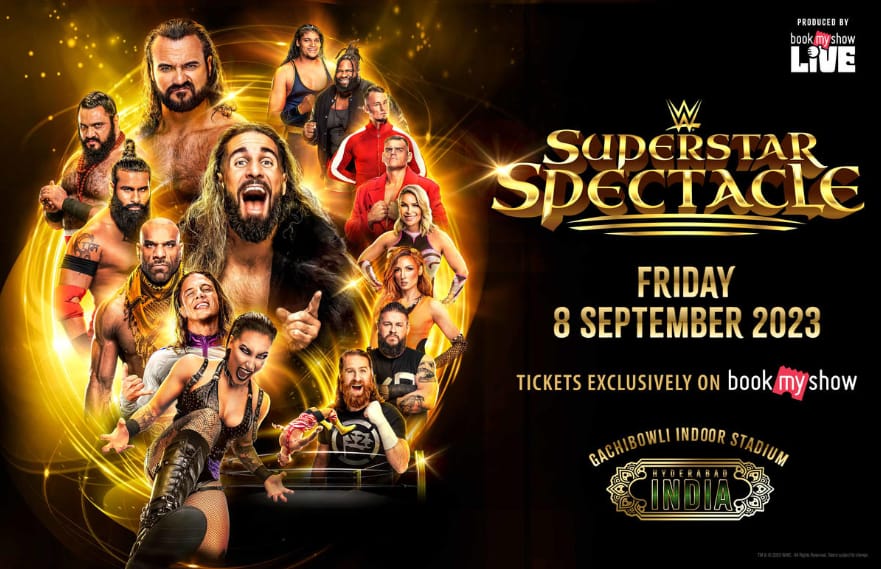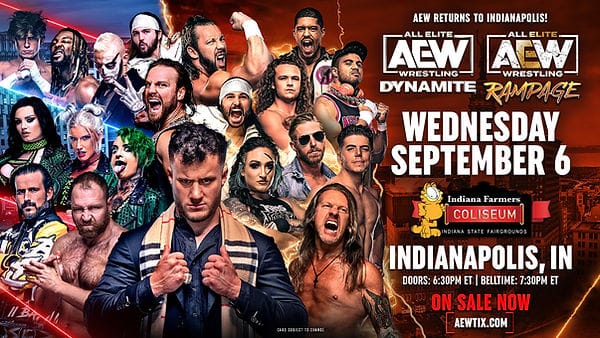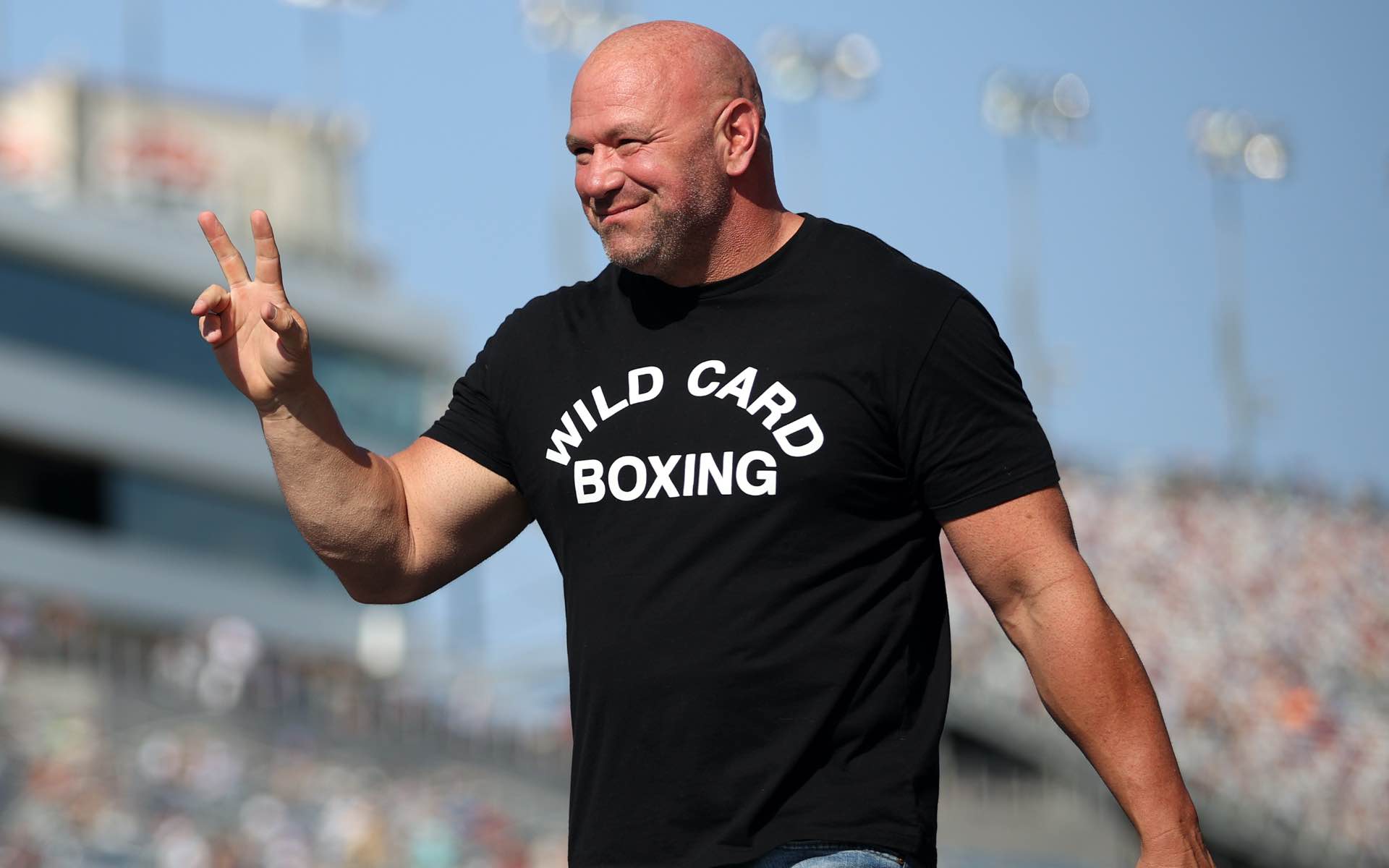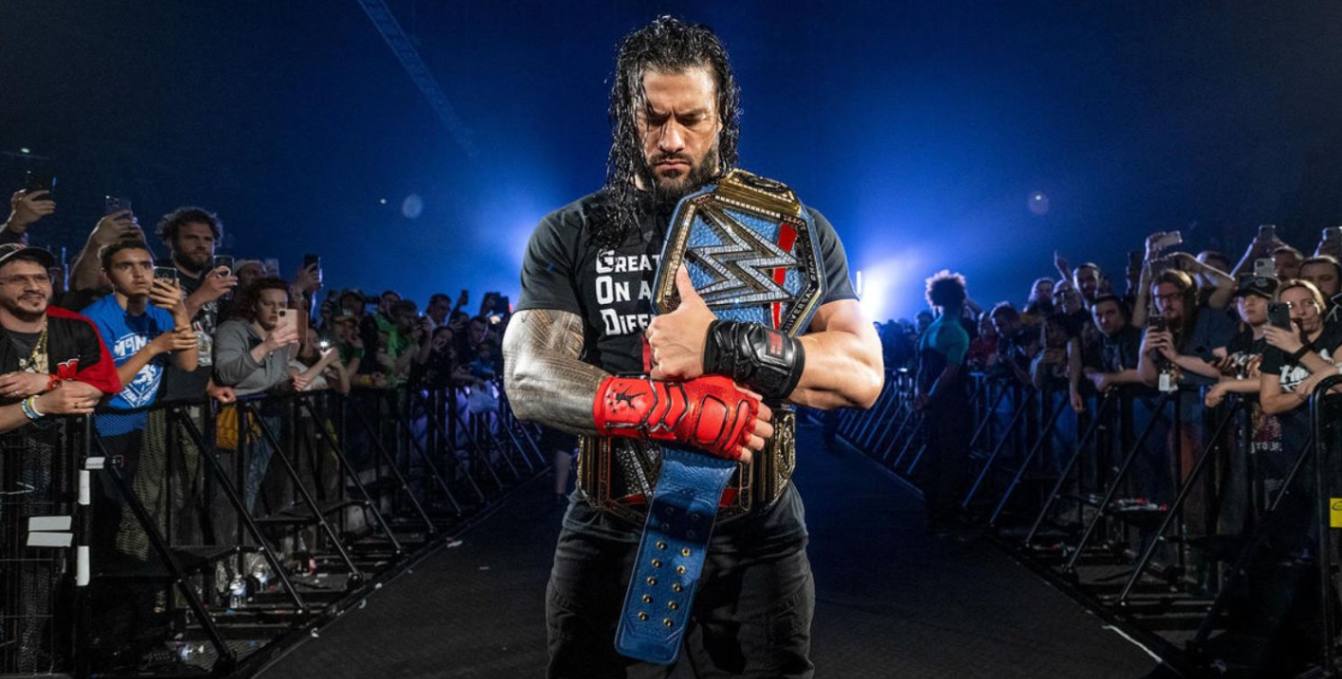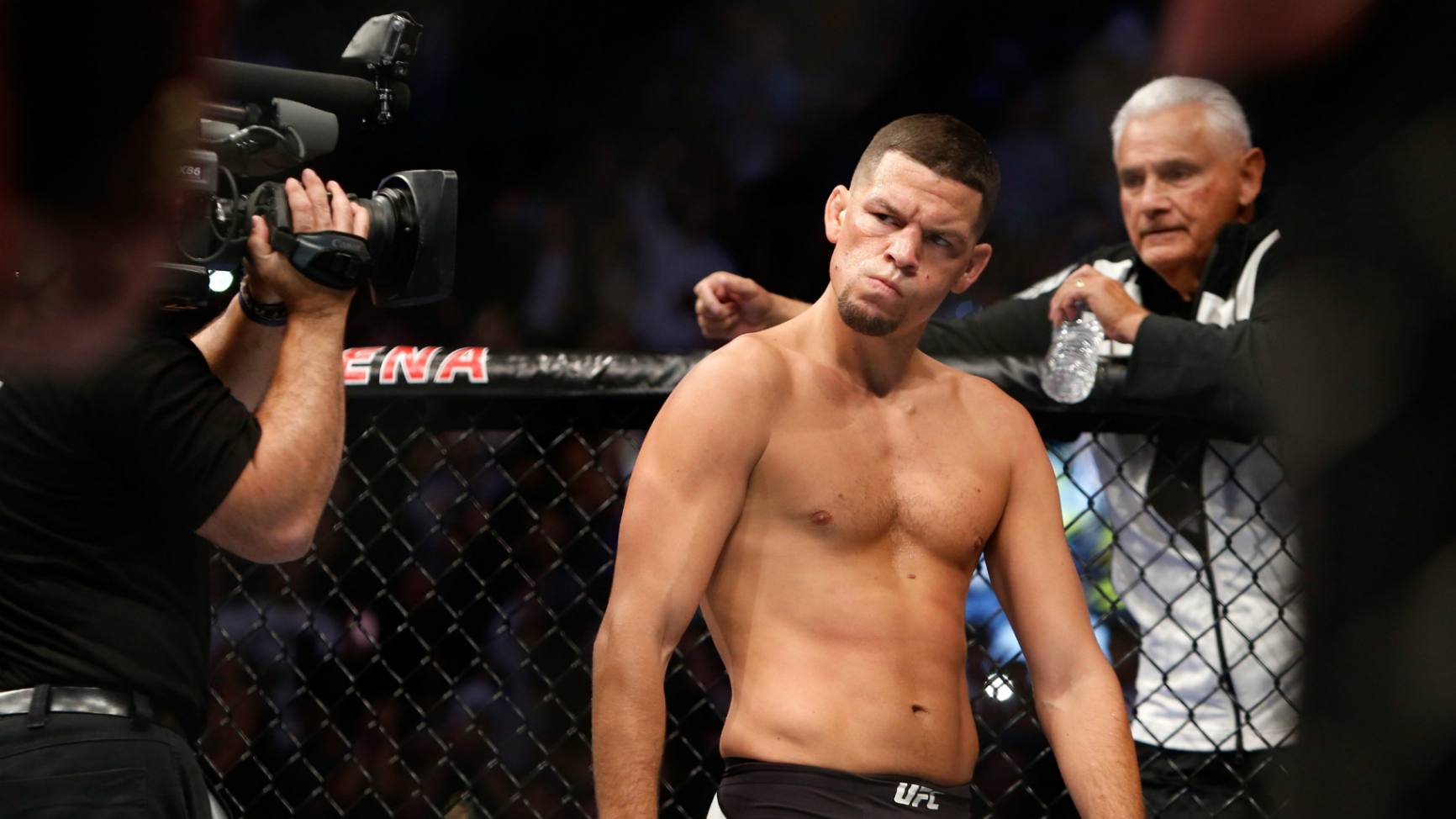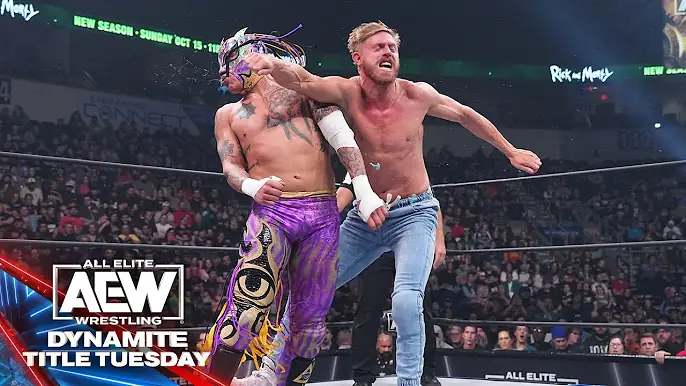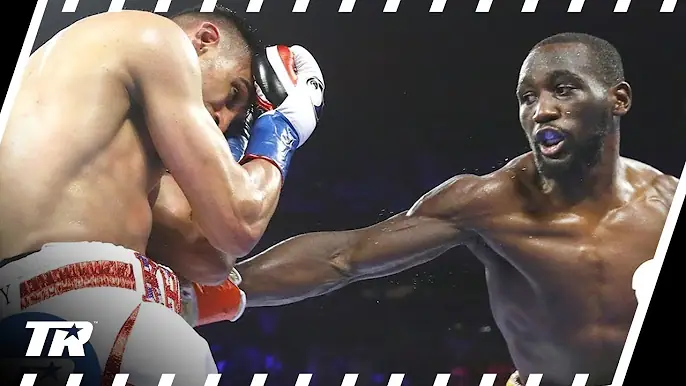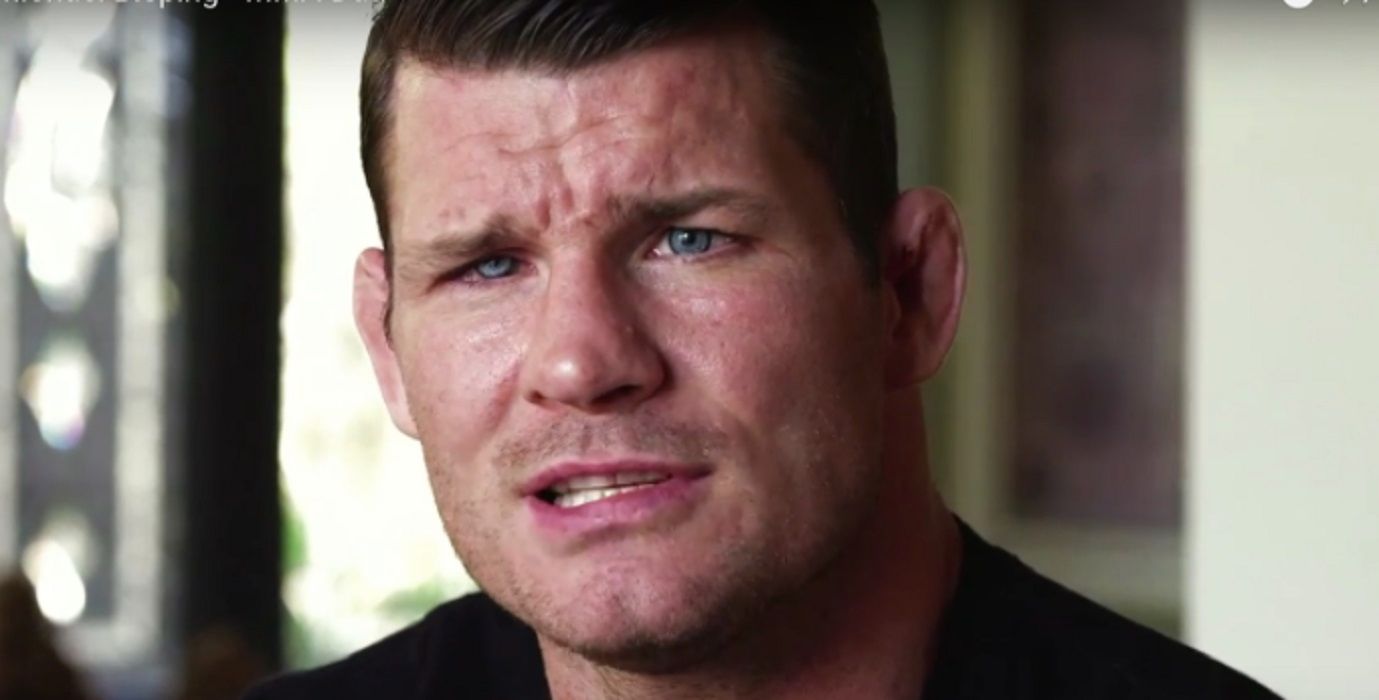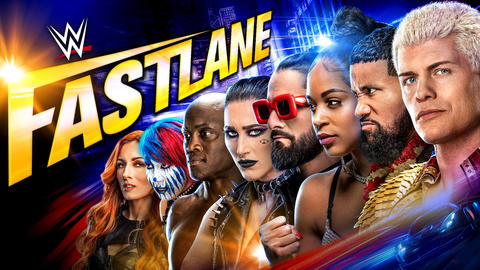The Evolution Of Women’s Wrestling In WWE: From Bra And Panties Matches To Main Eventing WrestleMania
The history of WWE women’s wrestling is but one of perseverance, determination, and transformation. From the controversial and often demeaning beginnings to the groundbreaking “Women’s Evolution” era, female wrestlers have fought tirelessly for respect, recognition, and a place on equal footing with their male counterparts. Nowadays, women’s matches are no longer filler segments but headline attractions, with female superstars main-eventing WrestleMania and other major pay-per-views. The article traces women’s wrestling at WWE, highlighting all the key moments, challenges, and, of course, the trailblazers that have paved the way for the generation reaping big today.
Early Days: A Controversial Past
In the early days of WWE—then known as WWF—women’s wrestling was more of a sideshow attraction rather than an athletic competition. Often, women wrestlers were relegated to roles that put more emphasis on their looks rather than their in-ring abilities. Matches were short, usually less than five minutes, and storylines revolved around catfights, bra and panties matches, and other gimmicks that objectified women.
Perhaps the worst-case example of this was the “Bra and Panties” match, whereby a wrestler’s objective was to tear their opponent down to their underwear. These matches were created to sexually excite the audience rather than showcase athleticism or storytelling prowess. While a few female wrestlers, like Alundra Blayze, later known as Madusa, and Bull Nakano, did manage to deliver dramatic performances, they were the exceptions to a rule that emotionally diminished women’s wrestling.
The Attitude Era was one hell of a mixed bag. This different dynamic came forth in the late 1990s and into the early 2000s, famously called the Attitude Era. While this era was still greatly popular, based on the edgy storylines and increased popularity with regards to women’s wrestling, it proved to be a double-edged sword. For one, female wrestlers like Chyna broke barriers by competing against men and winning the Intercontinental Championship.
On the other side, women were often portrayed as valets or eye candy, with storylines regarding their relationships with male wrestlers, rather than their wrestling abilities.
The Divas Division, which hit the WWE in the late 1990s, further crystallized the perception that women’s wrestling was much more about glamour than athleticism. The Divas Championship, unveiled in 2008, gave the women their own title for which to compete, yet these matches still remained short many times and had less depth than the men’s wrestling.
The Rise of the Women’s Revolution
The turning point for women’s wrestling in WWE came in the mid-2010s, with the rise of the “Women’s Revolution.” Fueled by a new generation of talented female wrestlers who insisted on better opportunities and more respect, stars such as Charlotte Flair, Sasha Banks, Becky Lynch, and Bayley had honed their craft in NXT. They brought an unprecedented level of athleticism and storytelling that forced WWE to take women’s wrestling seriously.
NXT TakeOver: Brooklyn-2015—one of the few moments that showed the Women’s Revolution is just Sasha Banks up against Bayley. The well-appreciated main event match was quality intense with regard to athleticism and emotional manners of storytelling. They proved at that moment that women could certainly deliver main events. It is considered an eye-opener that women’s wrestling could be actually as compelling in WWE and the promotion’s fans, too.
Historic Milestones
The Women’s Revolution brought a lot of historic moments to WWE, such as the first women to headline a WWE pay-per-view in their Hell in a Cell match, which was in 2016 by Charlotte Flair and Sasha Banks. Then there was the first-ever women’s Royal Rumble, won by Asuka.
But perhaps the biggest milestone came in 2019, when Becky Lynch, Charlotte Flair, and Ronda Rousey made history by becoming the first women to main-event WrestleMania. The match, which Lynch won, was a culmination of years of hard work and a testament to the growing importance of women’s wrestling in WWE.
Other developments include the addition of the Women’s Tag Team Championships in 2019 and the first-ever women’s War Games match in 2022. These have all contributed to greater heights in women’s wrestling and the building of more opportunities for female superstars.
The Current Landscape
Nowadays, WWE programming wouldn’t be complete without the inclusion of female wrestling. The female Superstars are not forced to secondary positions but rather placed in a similar platform with their male peers. The roster combines established stars such as Bianca Belair, Rhea Ripley, and Asuka, along with rising stars like Roxanne Perez and Tiffany Stratton.
Match-type storylines have also evolved, where the women’s feuds are based on athletic competition and personal vendettas, rather than on stereotypical accusations. The matches are given more time and are generally one of the highlights of the WWE events. There is also a lot more diversity within the women’s division now, with many wrestlers from different backgrounds and countries bringing their own style to the ring.
Challenges and the Way Forward The struggles are not over with yet. While women’s wrestling has indeed come a long way, there are still instances where female superstars are underutilized or relegated to secondary storylines. For example, the Women’s Tag Team Division has had a hard time sustaining momentum, with the titles usually feeling like an afterthought.
Another challenge can be found in the absence of more voices for women of color, LGBTQ+ wrestlers, and those coming into professional wrestling not via traditional college and amateur systems. While efforts in this case have been substantial in WWE, for example, at present everything still needs tinkering with to reach that point wherein every female superstar has earned an equal avenue toward success. The future of women’s wrestling in the WWE remains bright moving forward. With growth in NXT and more interest from the female superstars, one would not doubt that the women’s wrestling business keeps flourishing. Ready to pass the torch are the next generations of talent, including Cora Jade, Lyra Valkyria, and Sol Ruca, to further what those before them made possible.
Conclusion
The evolution of women’s wrestling in the WWE indeed has been a testament to the perseverance and determination of the female superstars who just would not be elbowed out. From days of bra-and-panties matches that had raised eyebrows to the main event of WrestleMania 35, women’s wrestling has some distance to cover. But it is beyond any question that a lot has changed in the last ten years. The future of women’s wrestling appears brighter than ever as WWE continues to break down barriers. Female superstars are no longer part of the show; they are the show, and the influence they are having on this industry will continue for years to come.



